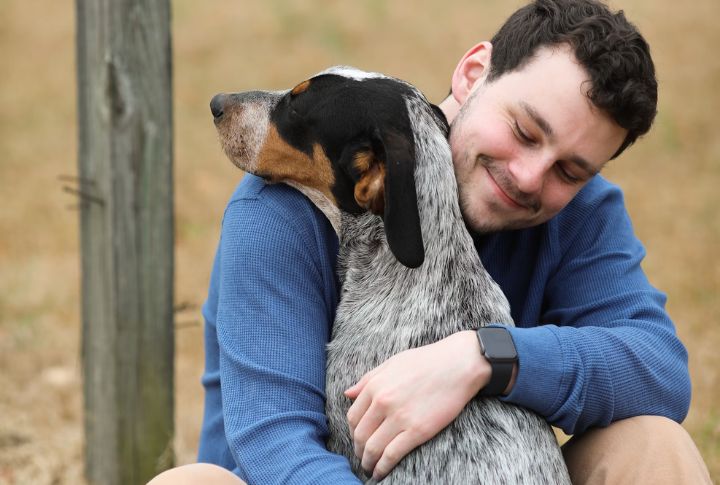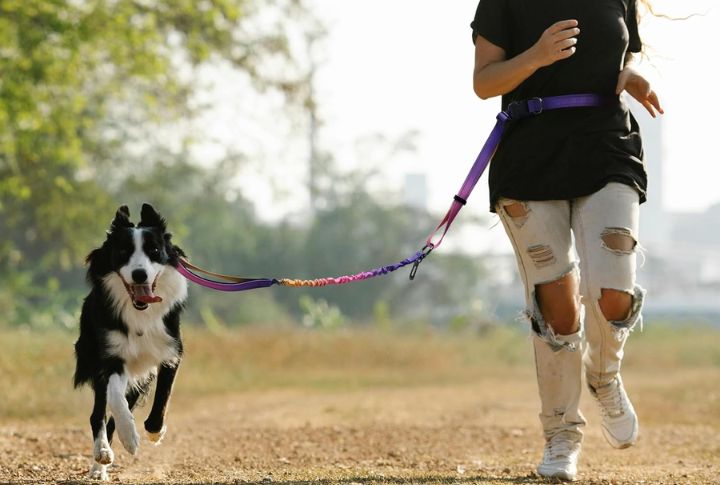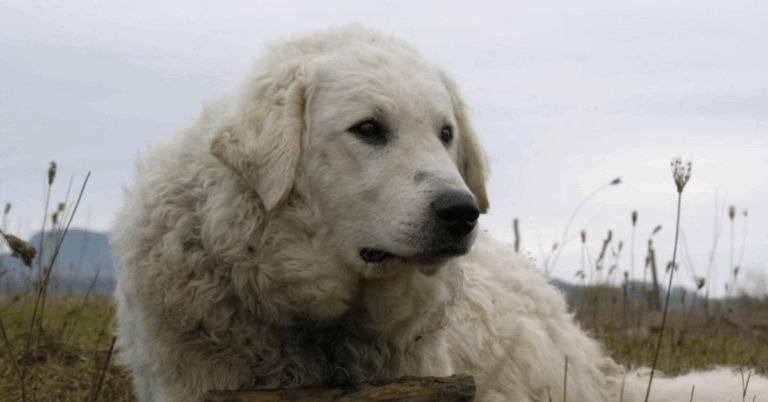Do You Know Everything About Dogs?

Have you ever stared into your pup’s eyes and wondered, “What’s going on in that head?” Scientists have been studying canine brains for years, and the results are nothing short of mind-blowing. Forget the myths. These ten facts will change the way you see dogs right now.
A Superpower Hidden In Their Noses

Your pet’s nose is a powerful diagnostic tool. With up to 300 million scent receptors (far beyond a human’s 5 million), dogs can detect subtle changes in body chemistry. This is why trained dogs play a vital role in detecting diseases like cancer and diabetes, proving that their noses are more than just for sniffing treats.
What A Dog’s Eyes See

Imagine seeing the world in a different palette, with no reds or greens, only shades of blue and yellow. That is how a dog views its surroundings. While they do not marvel at autumn leaves, their eyes are fine-tuned for motion, allowing them to track even the slightest movement. This heightened ability helps them excel in hunting, playing, and sensing danger before humans notice.
Mystery Behind Those Perky Ears

You must have noticed a dog reacting to something you can’t hear. That’s because their hearing range extends far beyond what human ears can detect. High-frequency sounds, like those from a dog whistle, are perfectly audible to them, which is why they react before you even realize something is happening.
Whiskers Aren’t Just For Decoration

Think of a dog’s whiskers as built-in radar. They pick up the tiniest changes in air movement, helping dogs “see” even when it’s pitch black. That’s why your pup can sneak around at night without knocking over your furniture! Their whiskers act as an early warning system, detecting nearby objects before they even make contact.
They Can Read Your Emotions

Dogs have an uncanny ability to sense human emotions. They recognize sadness by analyzing facial expressions, tone of voice, and body language. Some researchers believe they react to distress on instinct. They offer comfort without any formal training and serve as natural companions during difficult times. Now, how sweet is that!
They Understand More Than Just “Sit” And “Stay”

Verbal communication isn’t just for humans. Some breeds, like Border Collies, have been tested and found to recognize over 1,000 words. It’s not just about memorization. They associate words with actions, objects, and even emotions. The next time you talk to your pup, they might understand more than you think.
Dogs Have A Powerful Memory

Have you walked past a place you visited with your dog months ago, only for them to pull you toward it excitedly? Spatial memory plays a huge role in their navigation skills. Landmarks, scents, and past experiences form an internal map that guides them. This ability helps them recognize familiar routes, even after long periods.
Problem-Solving? No Problem!

Give a dog a puzzle toy, and watch the gears turn in their head. Many breeds can figure out how to open doors, maneuver objects, or even use tools to get what they want. Some researchers compare their problem-solving abilities to that of a two-year-old child.
A Sixth Sense For Time

No ticking hands guide them, yet they sense time’s passage. The fading scent of your presence, shifting daylight, and daily rhythms serve as their silent clocks. They instinctively know when you’ll return, when meals should arrive, and when it’s time for a walk.
Their Brains Release A “Love Hormone” Too

Studies reveal that eye contact between pets and their owners releases oxytocin, the same hormone that nurtures the bond between a parent and child. This silent exchange of trust and affection strengthens the lovely relationship between humans and their dogs.





